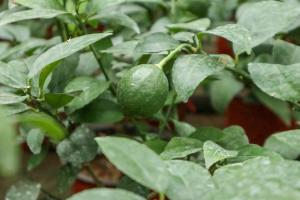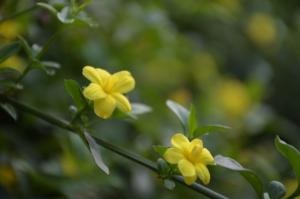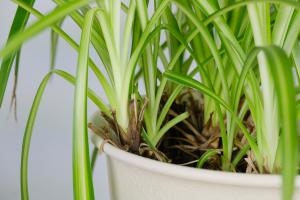1、 Curing method
1. Temperature: it is widely distributed and has low demand for temperature. Generally, it can grow between 10 ℃ and 32 ℃, but when the temperature is maintained at about 20 ℃, the growth state is the best. Individual varieties can withstand low temperature of zero and high temperature above 37 degrees
2. Watering: water with low mineral concentration should be used to water it. Terrestrial populations need to use high-level basin leaching method to replenish water during the growth period, once every half a month. Water should be controlled during Dormancy and growth, just keep the bottom slightly wet

3. Fertilization: during the growth period, both terrestrial and epiphytic populations need to supplement nutrients through topdressing. The fertilization method is foliar fertilization. Fertilizer seeds should use compound fertilizer seed diluent with comprehensive nutrients. According to the growth status, once or twice a month. It should be noted that the concentration should not be too high to avoid fertilizer damage
4. Light: it likes to live in a place with bright light, and can also accept a semi shady environment, but it can't accept exposure. Therefore, it should be properly shaded when it is illuminated

2、 Breeding skills
1. Propagation: it can be propagated by sowing. Terrestrial populations can directly sprinkle seeds on the surface of clean substrate, maintain the maintenance conditions of high temperature and humidity, and give certain light. If it is an aquatic population, it can be directly sprinkled on the water surface. When the temperature is appropriate, it can germinate in one to two months
2. Pruning: during the growth process, there will be some rotten branches and leaves, which need to be pruned in time. If it is a normally pruned branch, do not discard it. You can insert the paper into the soil and breed new plants soon

3、 Problem diagnosis
1. Insect pests: generally, it will not be attacked by pests, because it is an insect eating plant and will eat pests. However, in order to enhance its resistance, it needs to be sprayed with chlorothalonil once a month to increase its resistance
2. Pathological changes: if the branches and leaves are dry and scorched, it may be caused by water shortage. It is necessary to replenish water in time. In addition to replenishing water for the roots, it is also necessary to spray water on the branches and leaves to maintain humidity

4、 Other issues
1. Edible: it is inedible
2. Toxicity: it is non-toxic. However, the juice may cause allergies, so you need to wash your hands in time after trimming it. If there is skin itching and blistering, you should see a doctor in time


 jackfruit
jackfruit snake plant
snake plant hibiscus
hibiscus hydrangea
hydrangea lavender
lavender Green roses climb al...
Green roses climb al... If you don't pay att...
If you don't pay att... Management of four g...
Management of four g...

































